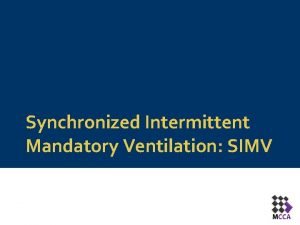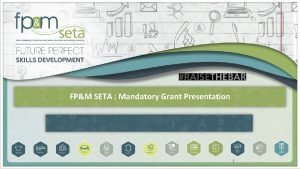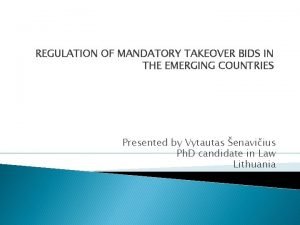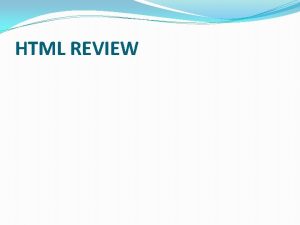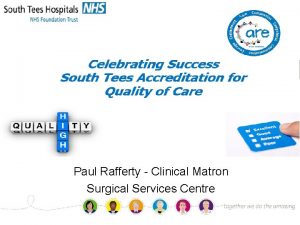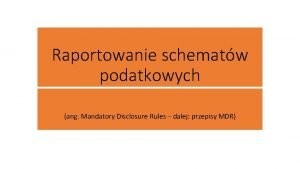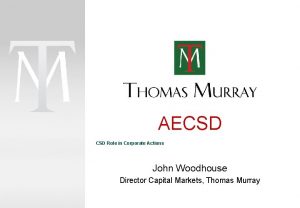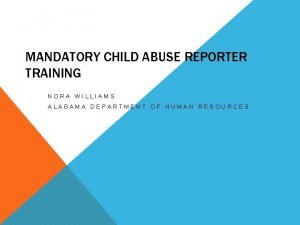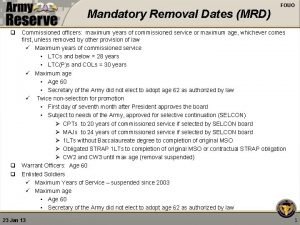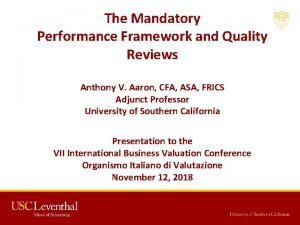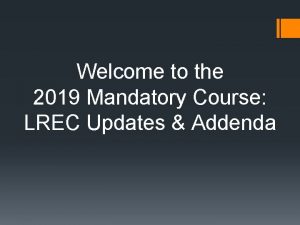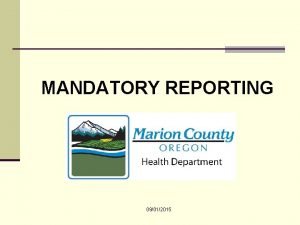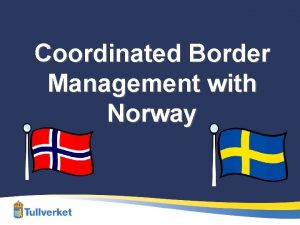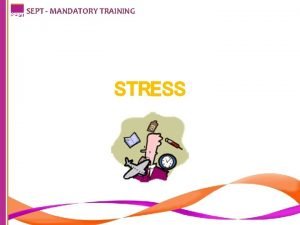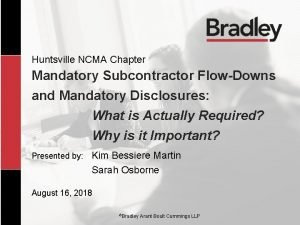Education in Norway Education in Norway is mandatory












- Slides: 12


Education in Norway • Education in Norway is mandatory for all children aged 6– 16. The school year in Norway runs from mid August to late June the following year. The Christmas holiday from mid December to early January historically divides the Norwegian school year into two terms. Presently, the second term begins in the beginning of January.

History of education in Norway • Organized education in Norway dates as far back as medieval times. Shortly, in 1153, cathedral schools were constructed to educate priests in Tronheim, Oslo, Bergen and Hamar. • After the reformation of Norway in 1537, (Norway entered a personal union with Denmark in 1536) the cathedral schools were turned into Latin schools, and it was made mandatory for all market towns to have such a school. • In 1736 training in reading was made compulsory for all children, but was not effective until some years later. In 1827, Norway introduced the folkeskole(people's school), a primary school which became mandatory for 7 years in 1889 and 9 years in 1969. In the 1970 s and 1980 s, the folkeskole was abolished, and the (foundation school) was introduced.

Education today The Norwegian school system can be divided into three parts: Elementary school (Barneskole, age 6 -13), lower secondary school (Ungdomsskole, age 13 -16), and upper secondary school (Videregående skole, age 16 -19). Elementary and lower secondary school are mandatory for all children aged 6– 16. Before 1997, the mandatory education in Norway started at the age of 7. Students almost always have to change school when they enter lower secondary school and upper secondary school, as most schools only offer one of the levels.

Primary school (Barneskole, grades 1– 7, age 6– 13) In the first year of primary school, the students spend most of their time playing educational games, learning social structures, the alphabet and basic English skills. In grades 2 through 7, they are introduced to maths, English, Norwegian, science, religion, gymnastics, geography, history, and social studies in the fifth grade. No official grades are given at this level, however, the teacher often writes a comment – analysis and sometimes an unofficial grade on tests. Tests are to be taken home and shown to parents. There is also an introductory test to let teacher know if the student is above average or is in need of some assistance at school

Lower Secondary School (Ungdomsskole, grades 8 -10, age 13 -16) When the students enter lower secondary school, at the age 12 or 13, they begin getting grades for their work. Their grades together with their location in the country will determine whether they get accepted to their high school of choice or not. From the eighth grade, the students can choose one elective (valgfag). Typical subjects the students are offered are the languages German, French and Spanish as well as additional English and Norwegian studies. Before the educational reform of August 2006, students could choose a practical elective instead of the languages. Teens born in 1999 and later could once again choose a practical elective upon starting lower secondary school, thus getting the option to choose two electives. A student may take the Grade 10 exam in a particular subject early as long as he or she has been granted an exemption from further instruction in the elementary/middle school curriculum of that subject.

• In 2009, Norwegian 15 year olds performed better in OECD’s Programme for International Student Assessment than other Scandivian countries, with significant improvement since 2006. In mathematics, however, the top scoring 10% were estimated to lag 3 years behind the top scoring students in Shanghai. Ungdomsskole

Upper Secondary School (Videregående skole, age 16 -19) Upper secondary is 3 years of optional schooling, although recent changes to society (few jobs available for the age group) and law (government required by law of 1994 to offer secondary schooling in one form or another to everyone between the ages of 16 and 18 who submits the application form) have made it largely unavoidable in practice. Until 2005, Norwegian law held private secondary schools to be illegal unless they offered a 'religious or pedagogic alternative', so the only private schools in existence were religious and Danielsen. The first "standard" private upper secondary schools opened in the fall of 2005. Prior to 1994 there were three branches of upper secondary schooling: "General" (language, history etc. ), "mercantile" (accounting etc. ) and "vocational" (electronics, carpentry etc. ) studies. The high school reform of 1994 merged these branches into a single system. Among the goals of the reform was that everybody should have a certain amount of 'general studies' large enough to make them eligible for higher education later, meaning more theory in vocational studies, and it should be possible to cross over from one education path to another without losing too much credit. In the old system, two years of carpentry would be wasted if you wanted to switch to general studies, in the new system you could keep credit for at least half of it.

• Since the introduction of the reform Kunnskapsløftet ('the knowledge promotion') in the fall of 2006, a student can apply for a general studies or a vocational studies path. Inside these main paths there are many sub-paths to follow. The new reform makes the incorporation of IT into the schooling mandatory, and many counties (responsible for the public high schools) offer laptops to general studies students for free or for a small fee. Videregående skole

Higher education is anything beyond upper secondary school, and normally lasts 3 years or more. To be accepted to most higher education schools you must have attained a general university admissions certificate (generell studiekompetanse). This can be achieved by taking general studies while in upper secondary school or through the law of 23/5 where a person must be above 23 years of age, have 5 years of combined schooling and work experience and have passed exams in Norwegian, mathematics, natural sciences, English and social studies. Some degrees also require special electives in second and third grade (e. g. maths and physics for engineering studies. )

Higher education is broadly divided into: • Universities, which concentrate on theoretical subjects (arts, humanities, natural science), Supply bachelor (3 yrs), master (5 yrs) and Ph. D (8 yrs) titles. Universities also run a number of professional studies, including law, medicine, dentistry, pharmacy and psychology, but these are generally separate departments that have little to do with the rest of the university institution. • University colleges (høyskole), which supply a wide range of educational choices, including university degrees at bachelor, master and Ph. D levels, engineering degrees and professional vocations like teacher and nurse. The grade system is the same as it is for universities. • Private schools, which tend to specialize in popular subjects with limited capacity in public schools, such as business management, marketing or fine arts. Private schools do not loom large on the horizon, although the fraction of students attending private schools is 10% in higher education, compared to 4% in secondary and 1. 5% in primary education.

THE END
